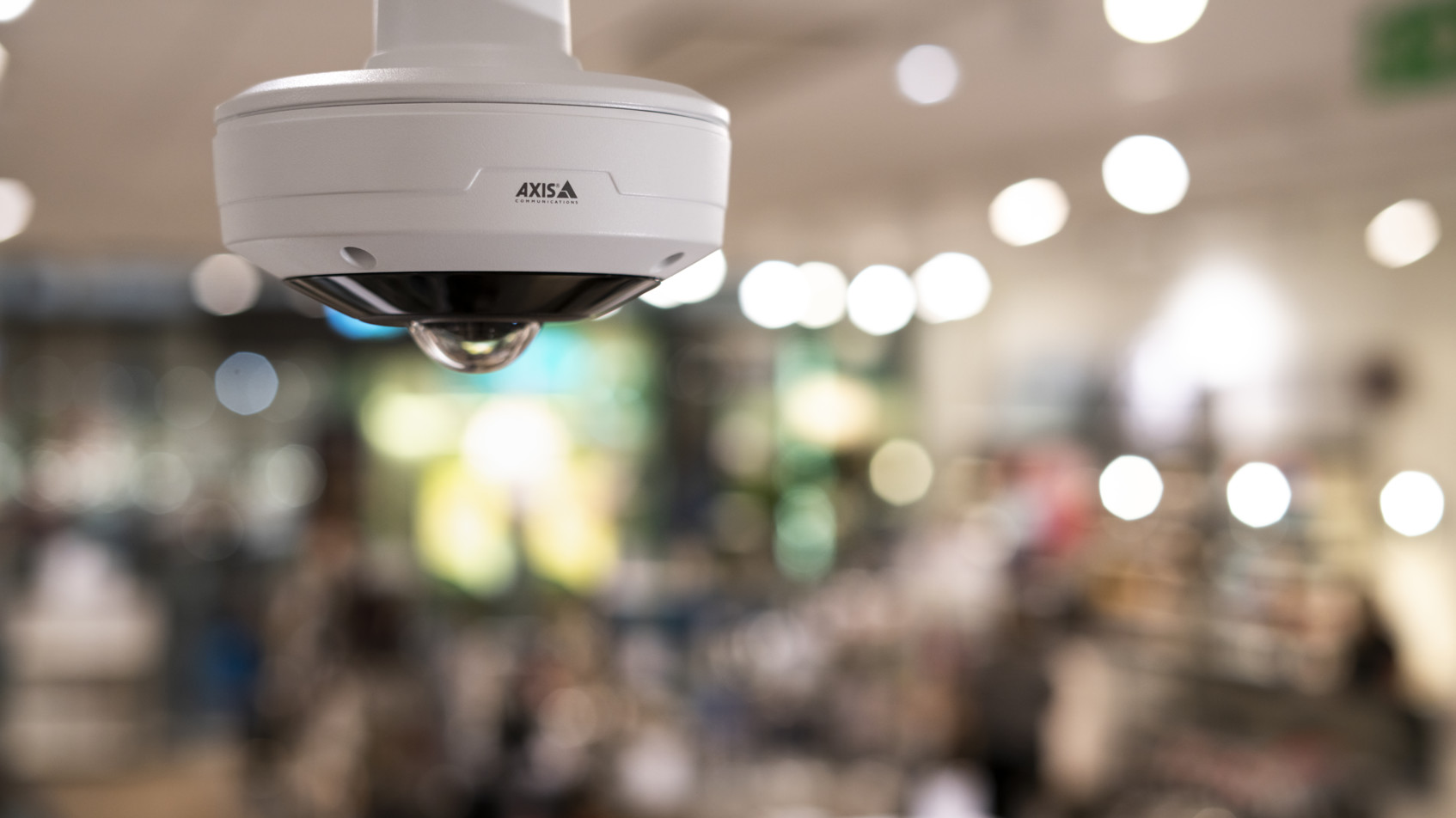
Lowes Strips Down To One Security Camera Platform; Multi-tasks It To Also Do In-Store Audience Analytics
May 7, 2024 by Dave Haynes
Security camera deployments in retail don’t get a lot of attention here, but a post in the publication Chain Store Age got my interest because of the way DIY giant Lowes is multi-tasking its newly upgraded and harmonized network of in-store cameras – including using them for in-store analytics.
Lowes already had security cameras all over its big, warehouse-style stores, but as happens with chains as they start and then grow, different tech went into different stores. When someone did a tally, it was shown the chain had more than 400 different camera models in use.
As reported in Chain Store Age, Lowe’s and worked with Axis Communications to switch over from analog and deploy a digital system using only Axis cameras. The post explains how they collaborated over a four-year period to convert to one platform and video management system, with dedicated on-site servers in each store and uninterruptable power supplies for backup.
The cameras mostly exist to help with what is called asset protection – aka reduce theft – but the interesting thing is how they can be multi-tasked.
From the article:
Although Lowe’s initially deployed the digital cameras for use by asset protection employees, today more than 35,000 associates across a wide variety of functions have access.
For example, the facilities department may log in to see that plow drivers are arriving on time to remove snow from the parking lot, or store managers might log on to see whether they need to open another checkout lane.
In addition, the merchandising department may also use the camera system to gauge foot traffic around seasonal displays, and the cameras provide regional executives a way to observe and direct the operations of stores across a large geographic area.
Because a number of Lowe’s stores are located in hurricane zones, the company also uses the Axis digital cameras to monitor a storm’s approach and assess the damage it causes the property.
The company also uses the Axis VAPIX application programming interface (API) to write scripts to perform tasks such as pulling up a camera view from one store and then automatically compiling a folder of images of that same camera location in all other stores across the company. This enables Lowe’s to quickly determine if a problem like new signage placement blocking a camera view is systemic or limited to one location.
“One of the features we especially appreciate is Axis’ forethought to build cameras with multiple streams,” said Don James, senior manager of technology operations, Lowe’s. “This allows us to record video to our Genetec VMS and send a second stream to a server that’s hosting analytics. We use that secondary server to run third-party or internally developed analytics to model business opportunities, isolate problem areas, and gain new insights into how we can improve our operations.”
One of the early challenges the AI-driven computer vision analytics companies had in the digital signage ecosystem, especially in the early days, was getting retailers to spend the considerable money on a dedicated camera. With time, the technology evolved and matured and it was possible to take digital streams from security cameras already in place – but a retail chain might have a whole bunch of different cameras from different manufacturers, with different qualities of outputs. Optical sensors are also now teeny and low cost.
So it’s interesting here to see a big retailer – with some 1,700 stores – upgrade to a system that makes analytics just ONE of numerous things the cameras can do.



Leave a comment